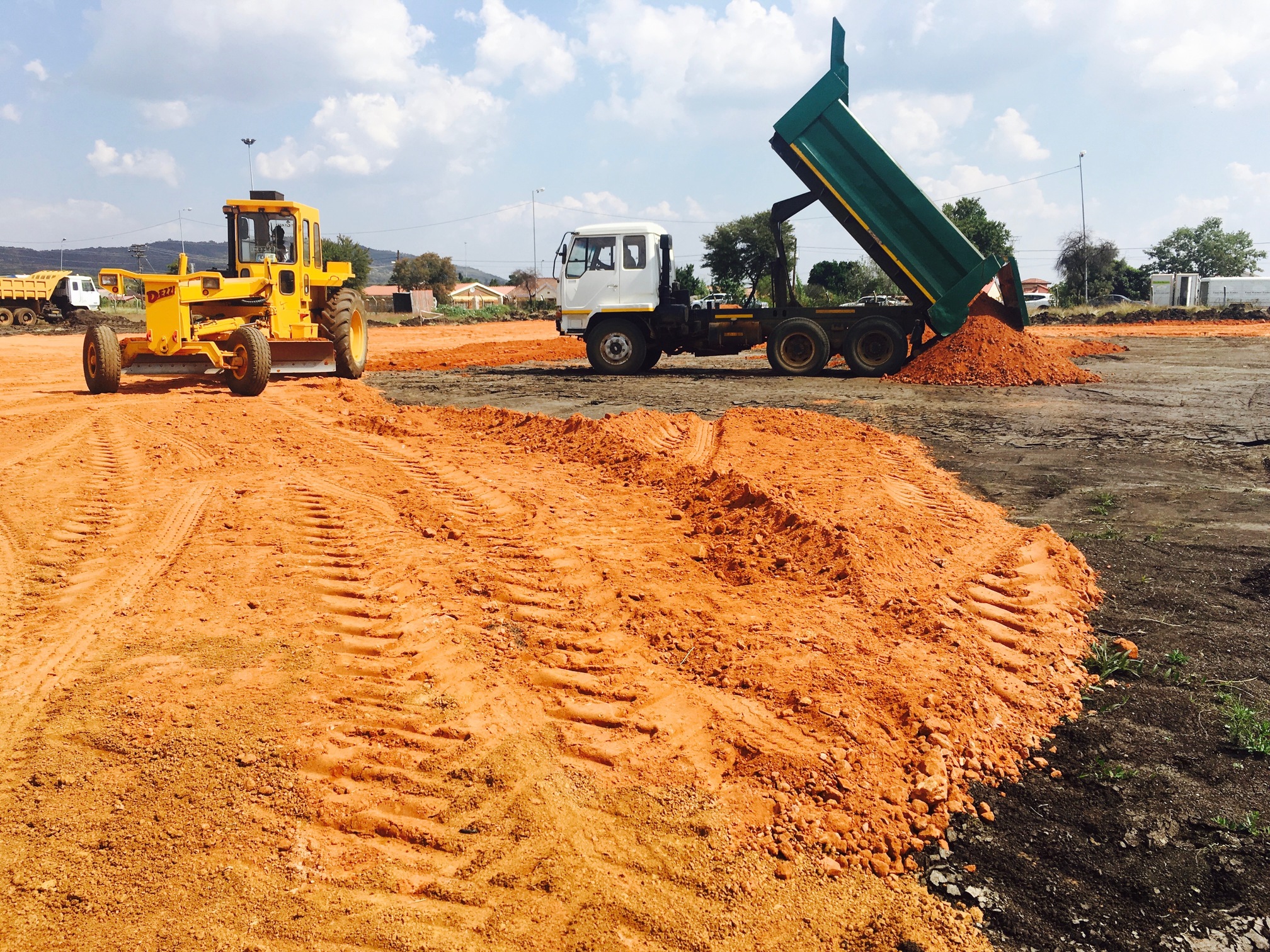
Industrial Paving
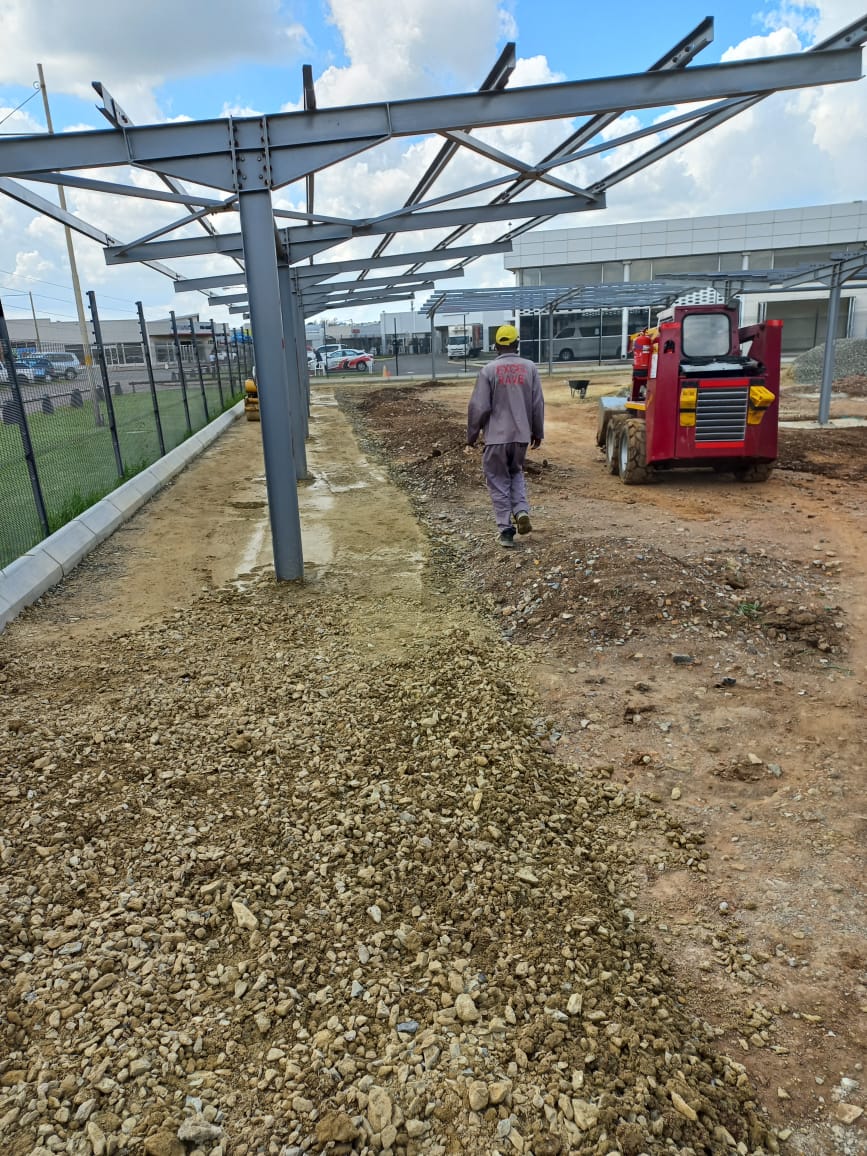

Base preparation is the key…
to constructing paving that is durable and strong enough to serve its purpose for many years.
Civil engineering is the discipline that deals with design, construction and maintenance of the physical naturally built environment. This includes the construction of roads, parking area’s, storm water reticulation systems and any paved surfaces that are used for heavy duty vehicular traffic.
Soil Conditions
The natural ground should be analyzed by taking samples of the in situ soil and sending these samples for Geotechnical testing. The engineer uses these test results to design the foundation for paving.
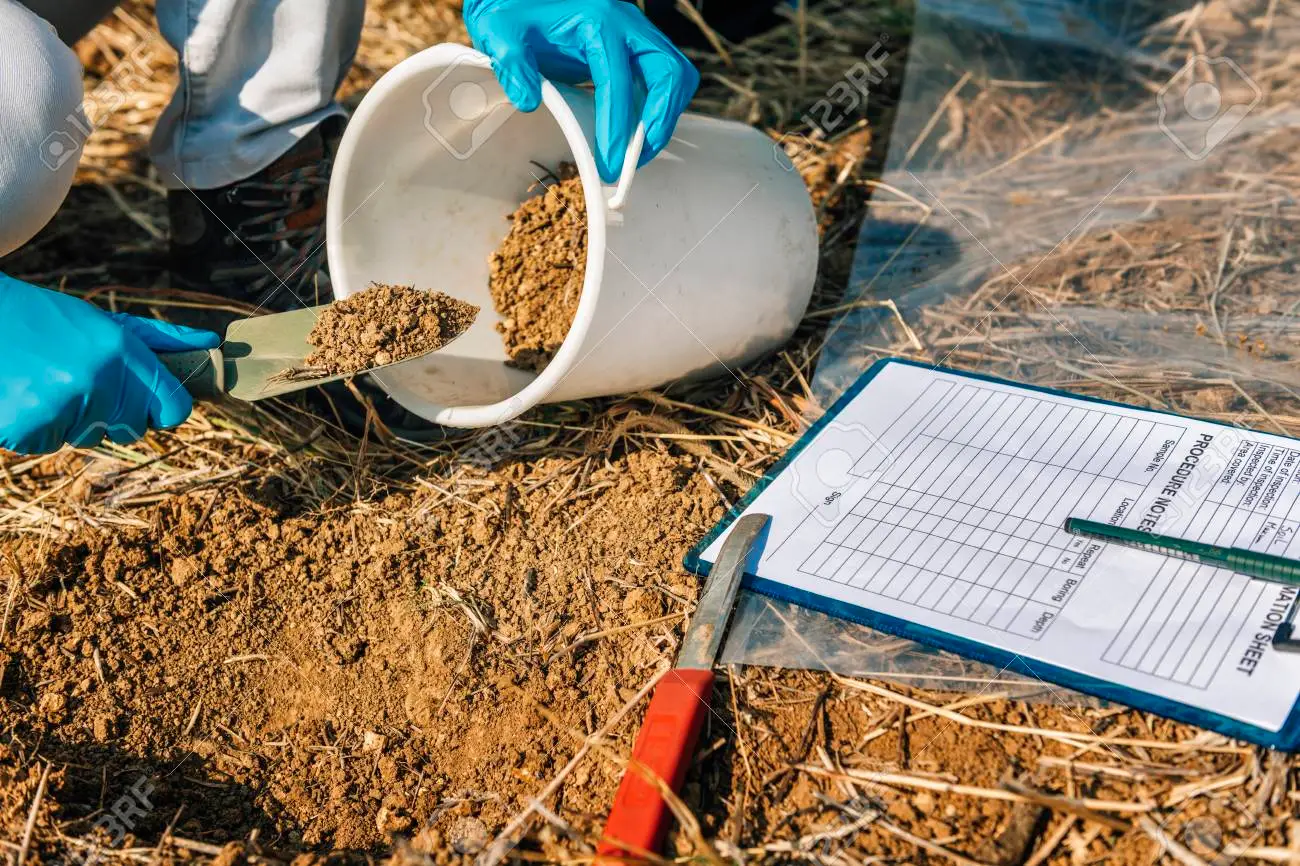



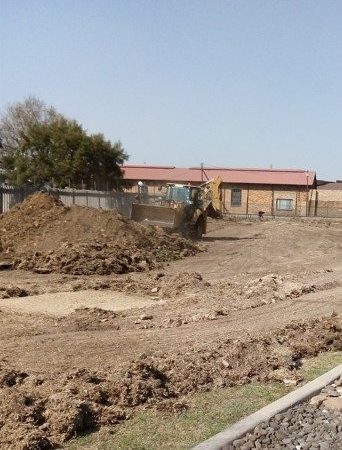

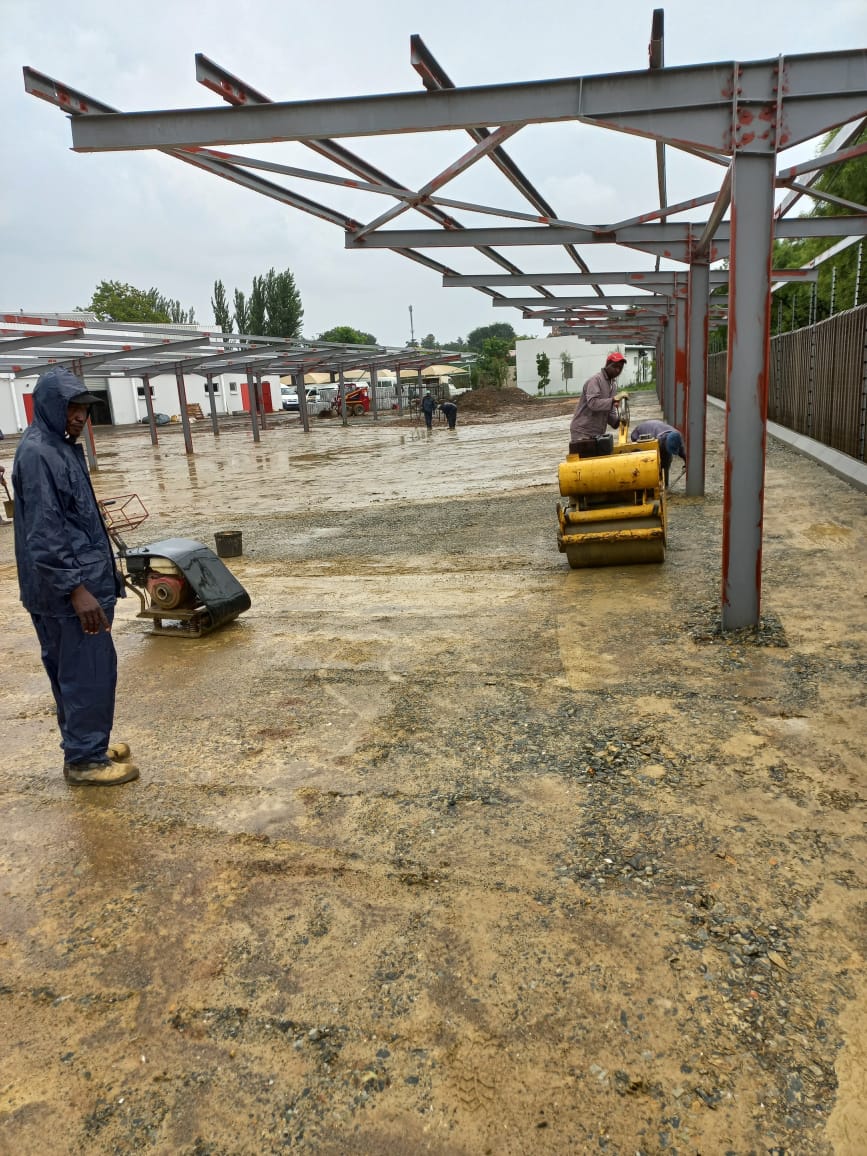

Construction of Sub-grade
All vegetation and topsoil is removed. The in situ soil is then ripped, scarified and shaped to ensure that there is enough fall to drain the water off the paved area. This sub-grade is then compacted to its optimum density.
Drainage
Correct drainage is achieved by ensuring that the sub-grade has a minimum fall of 1:50. This slope or fall will ensure that there will not be water ponding on the surface of the paving or ponding of the sub-surface. It is often necessary to install storm-water catch pits and pipes to take the storm water to a suitable lower area or into a municipal stormwater catchpit.
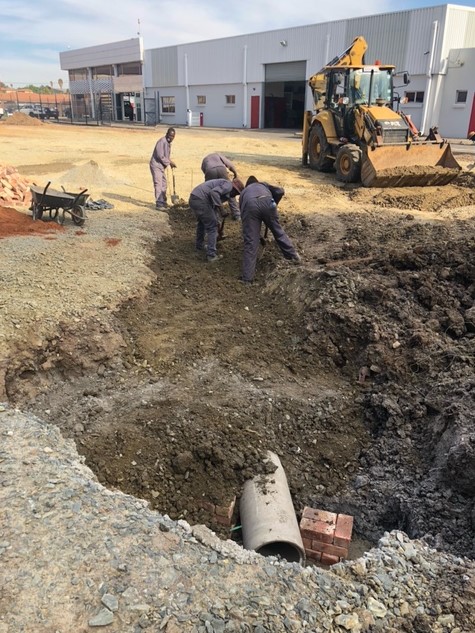



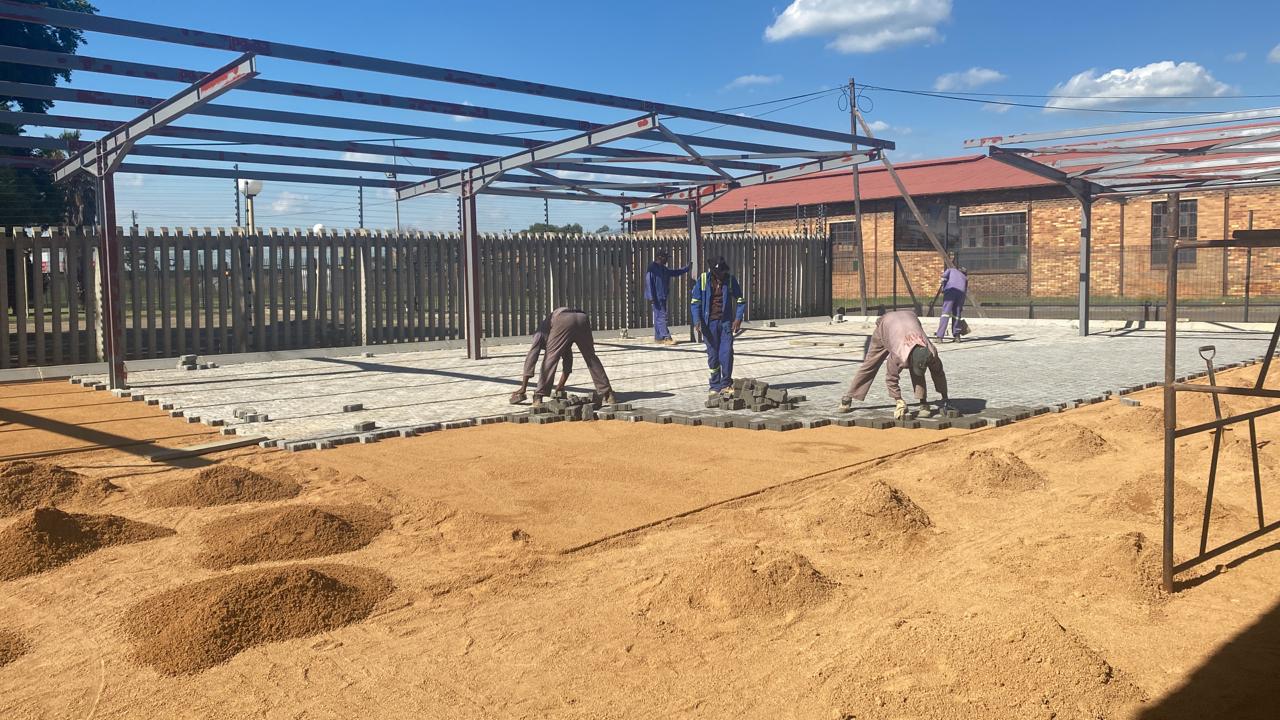

Contact Excel Paving
Let Excel pave help your company with all your paving needs.


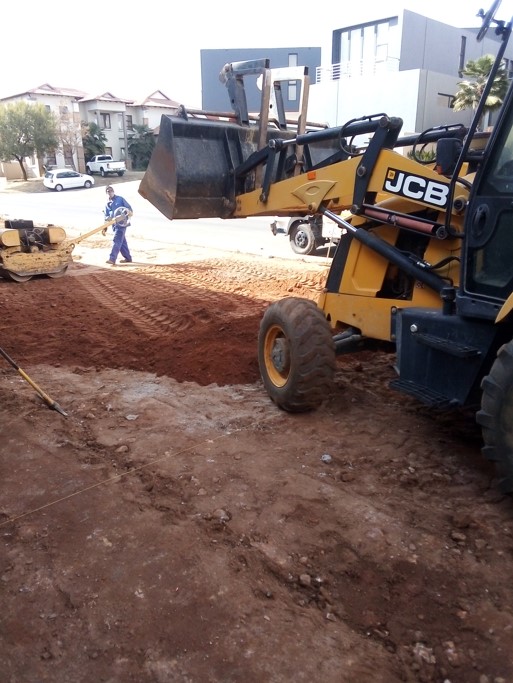

Constructing the base-course
A suitable gravel or G5 material is imported from a commercial quarry. This material is mixed with water to achieve its optimum moisture content. At this point if the engineer has recommended that the base material be mixed with 4% cement, this is done with a Grader or TLB. When the cement has been thoroughly mixed with the Crusher, it is then graded and levelled to the recommended thickness (minimum 70mm and maximum 150mm) and compacted to its optimum density.
Paving blocks/ bricks
Paving blocks used for Industrial or Commercial paving are manufactured in 60mm and 80mm thickness. It is recommended that the paving blocks used are manufactured to the South African Bureau of Standards specifications and that the manufacturer is approved to endorse its product with the SABS mark.



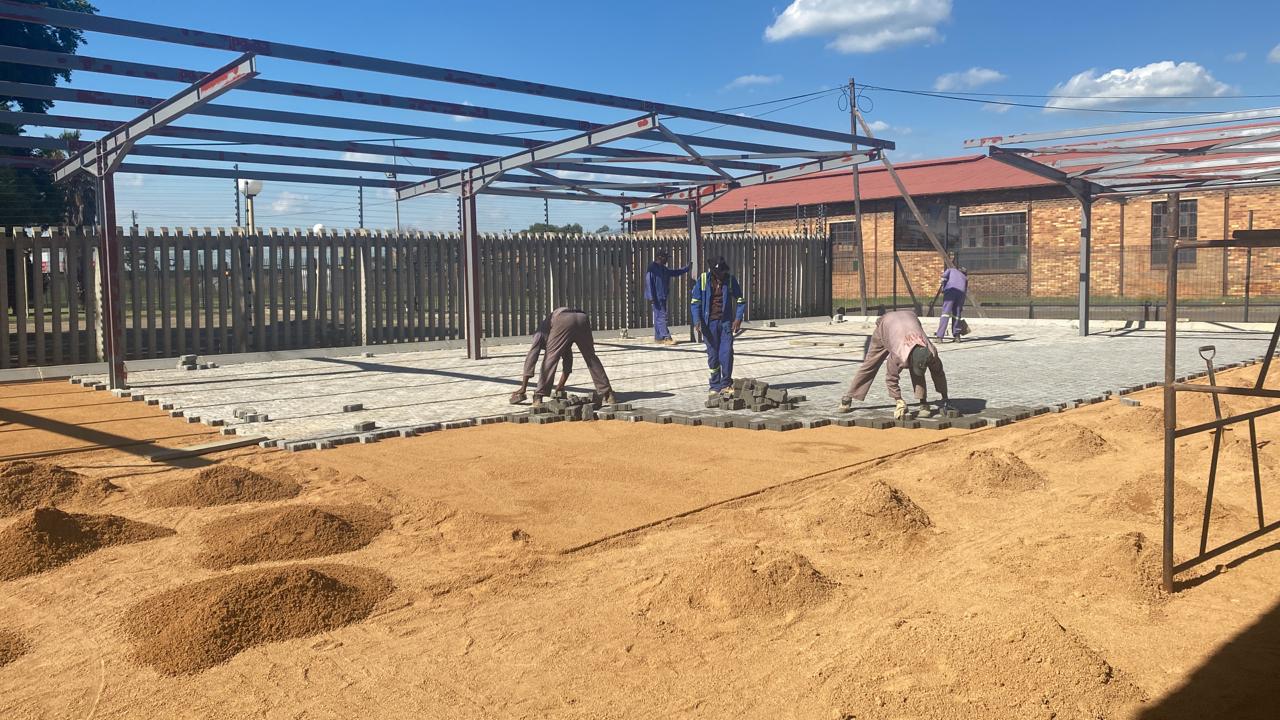

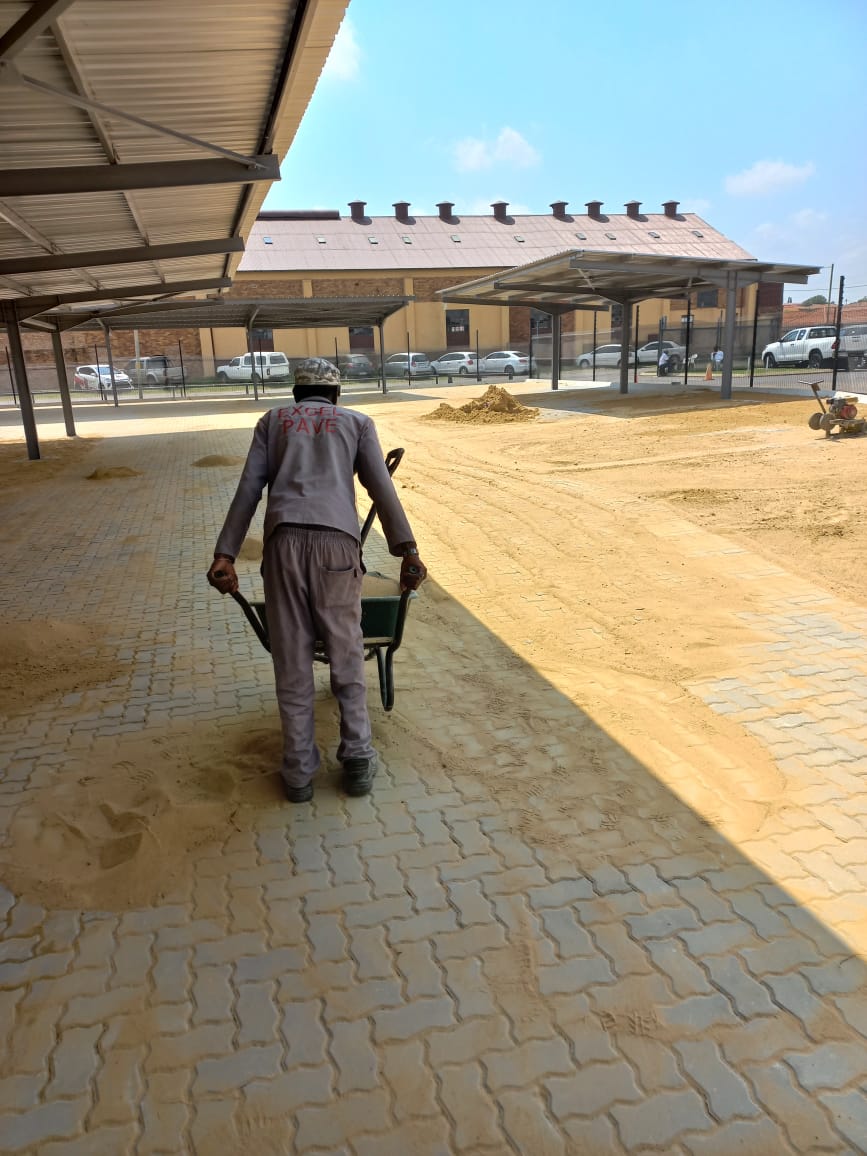

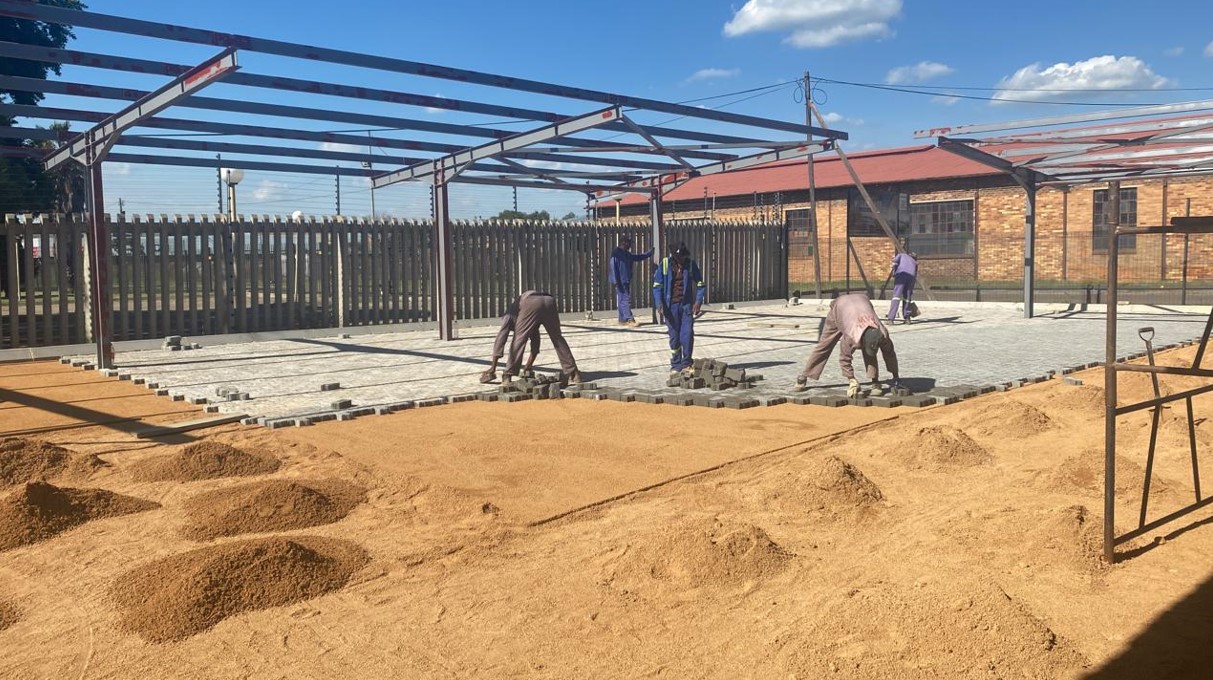

Laying of paving
Paving blocks/ bricks are laid on well graded, washed River Sand. The minimum thickness of the River Sand is 25mm and the maximum should be 35mm. Once laid, the paving is grouted with a fine sand and a plate compactor is used to vibrate the sand into the joints and flatten any uneven bricks.




